Epidemiology Survival Analysis: Calculation and Interpretation
VerifiedAdded on 2022/09/09
|9
|1331
|19
Homework Assignment
AI Summary
This assignment solution addresses a prospective study with a 2-year follow-up, analyzing survival data to calculate probabilities of death, survival, and cumulative survival. It determines the cumulative survival probability at the end of the follow-up period and contrasts it with the simple proportion surviving. The solution calculates death rates per 100 person-years, separately for the first and second years, and discusses the underlying assumptions of survival analysis and the person-time approach. It further explores the proportion and odds of death, explaining the differences in this context. The second part of the solution focuses on the Atherosclerosis Risk in Communities (ARIC) cohort study, using baseline prevalence and incidence data of hypertension in African American women to estimate the average duration of hypertension. Detailed calculations and interpretations are provided throughout, with references to relevant research papers.
1 out of 9
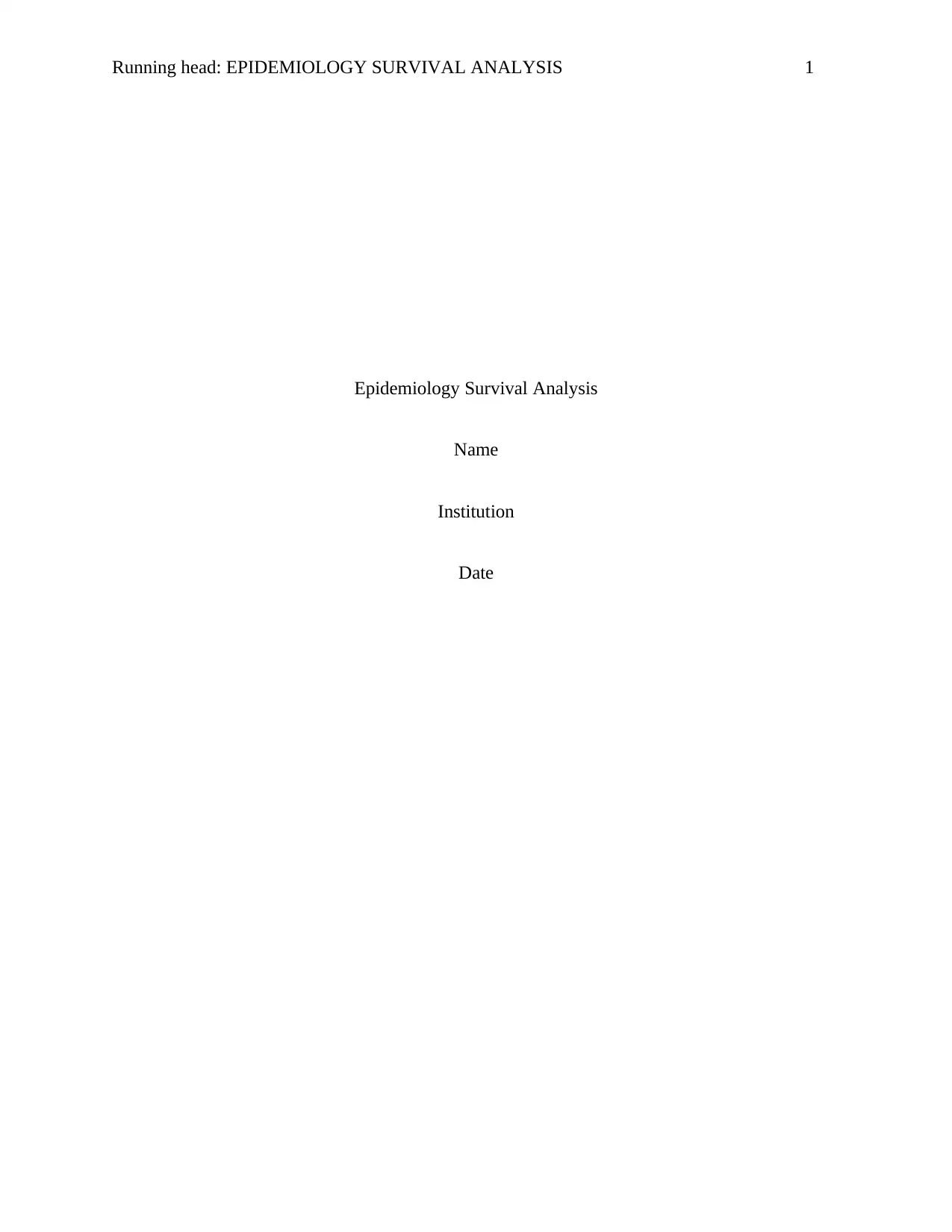
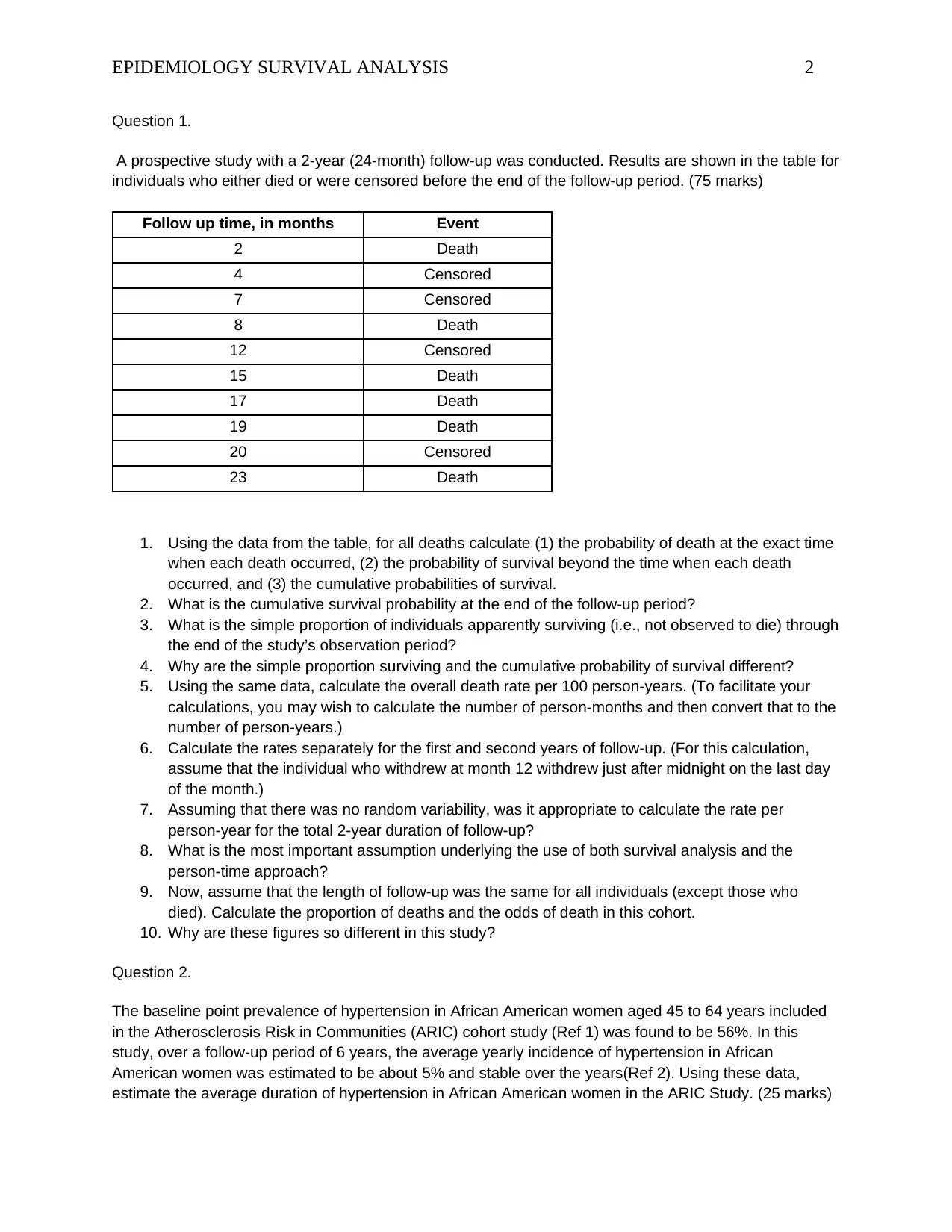
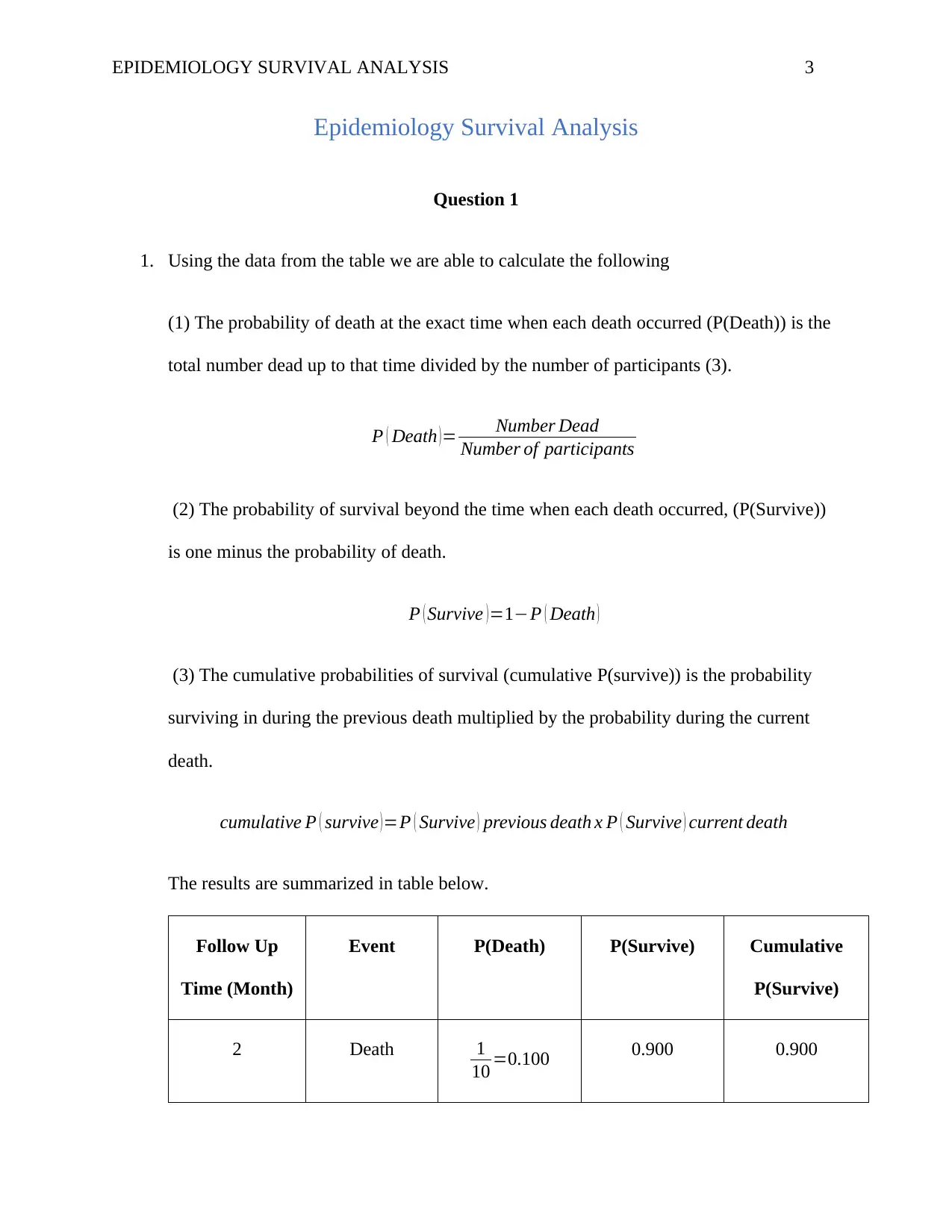
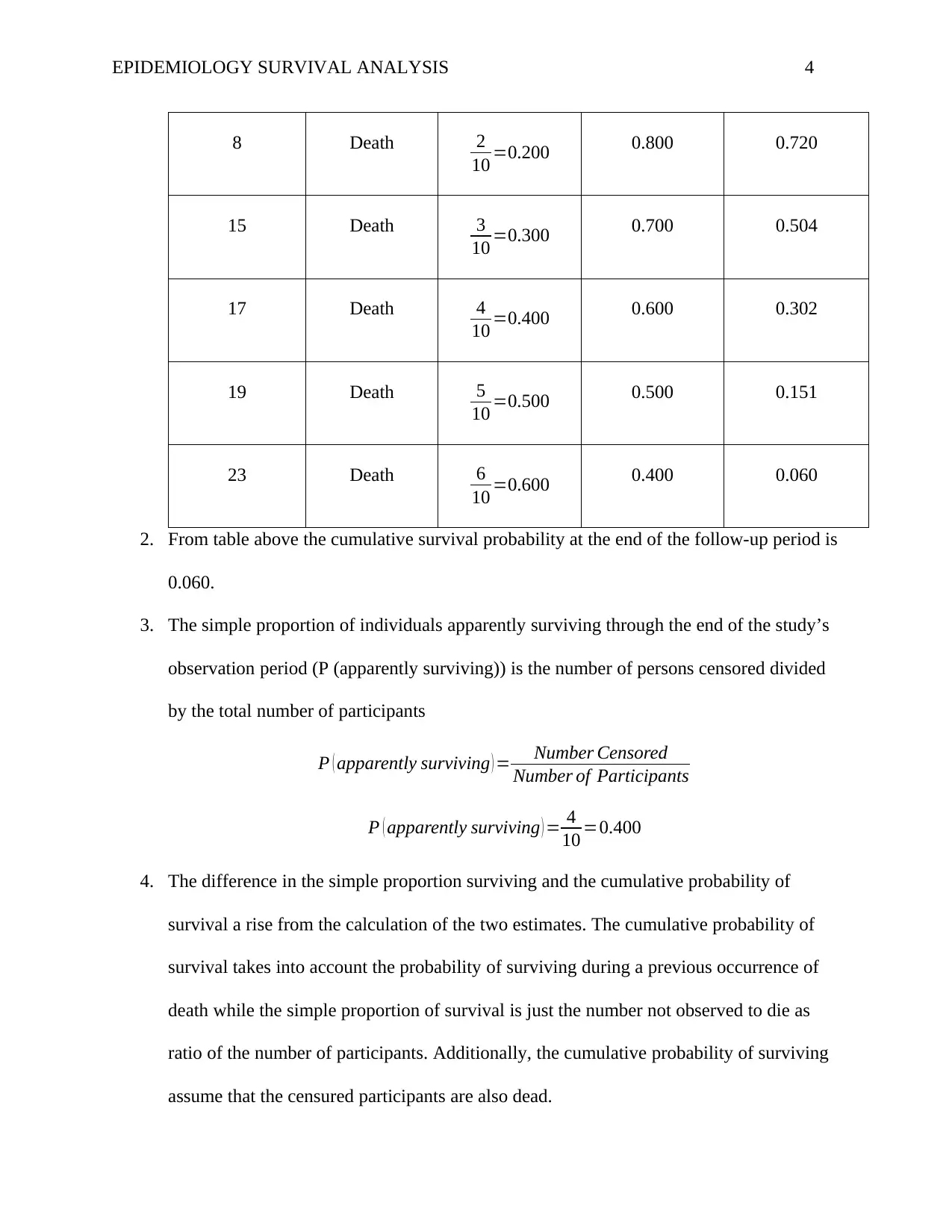
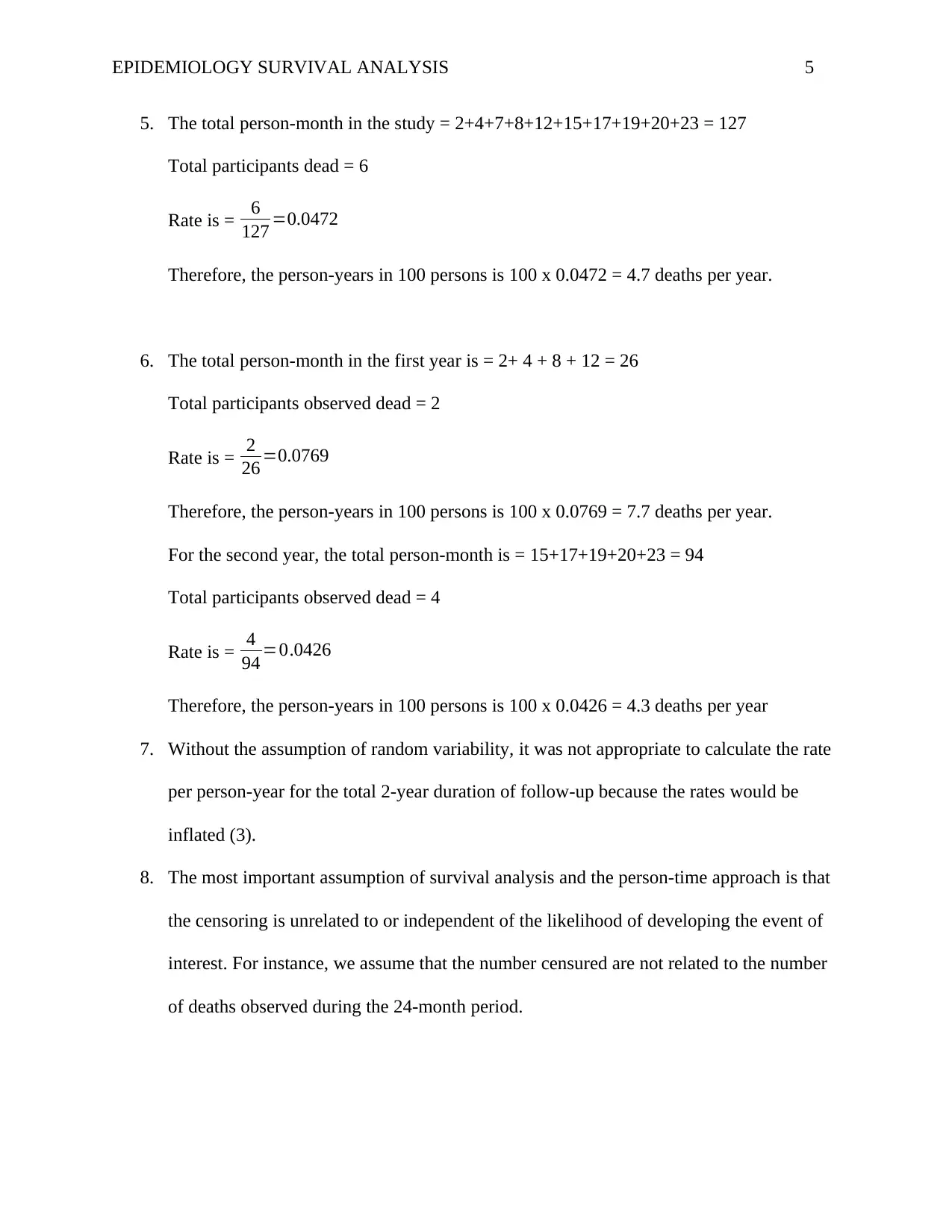
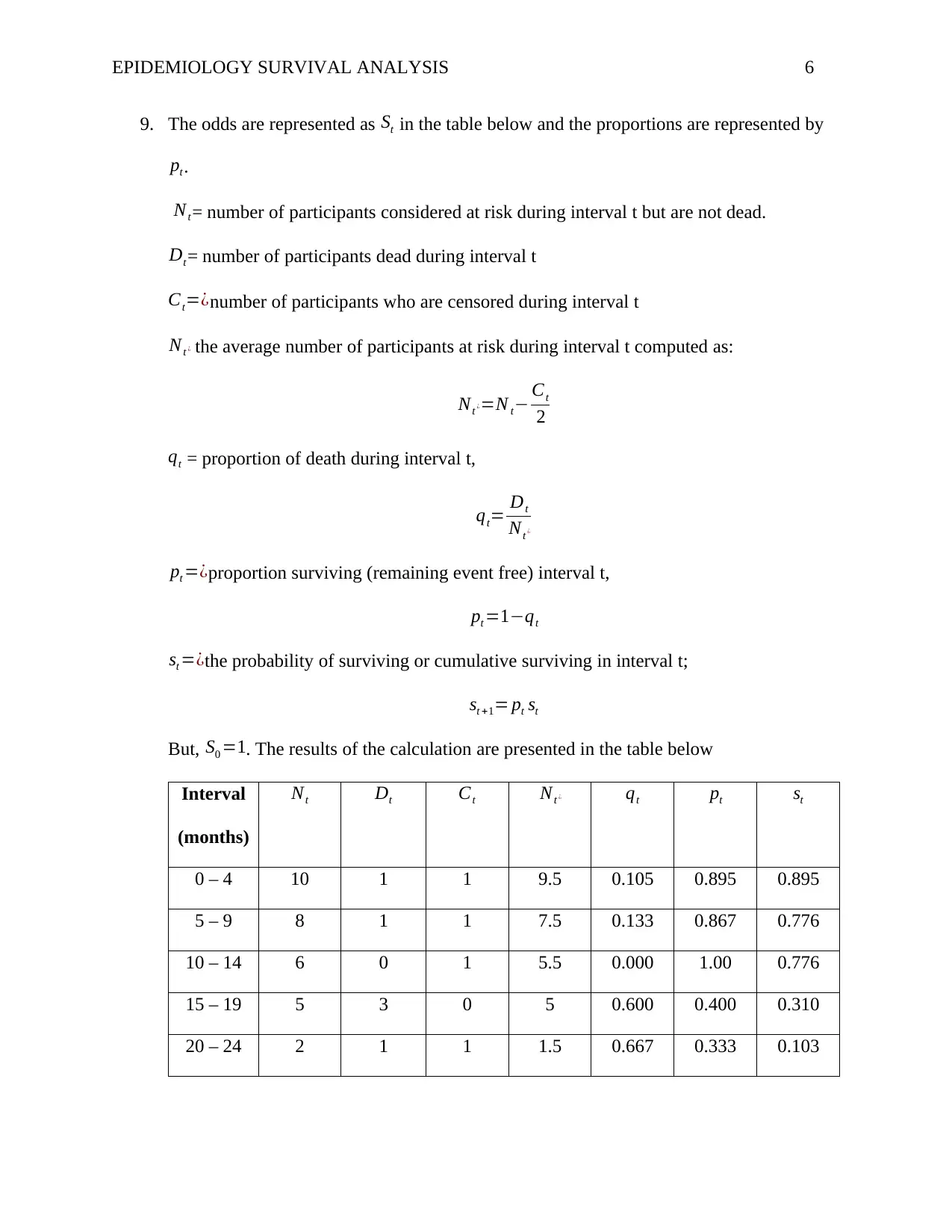
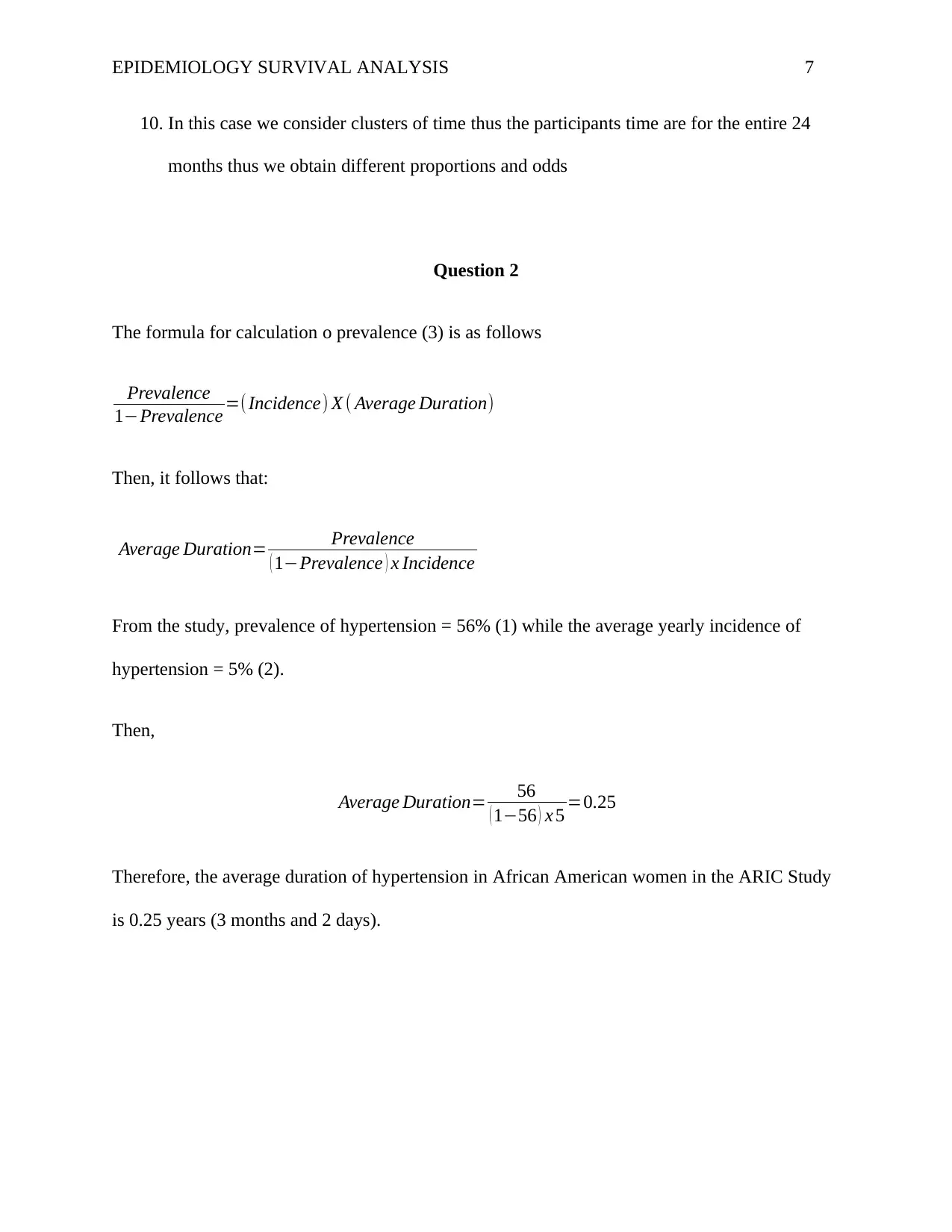
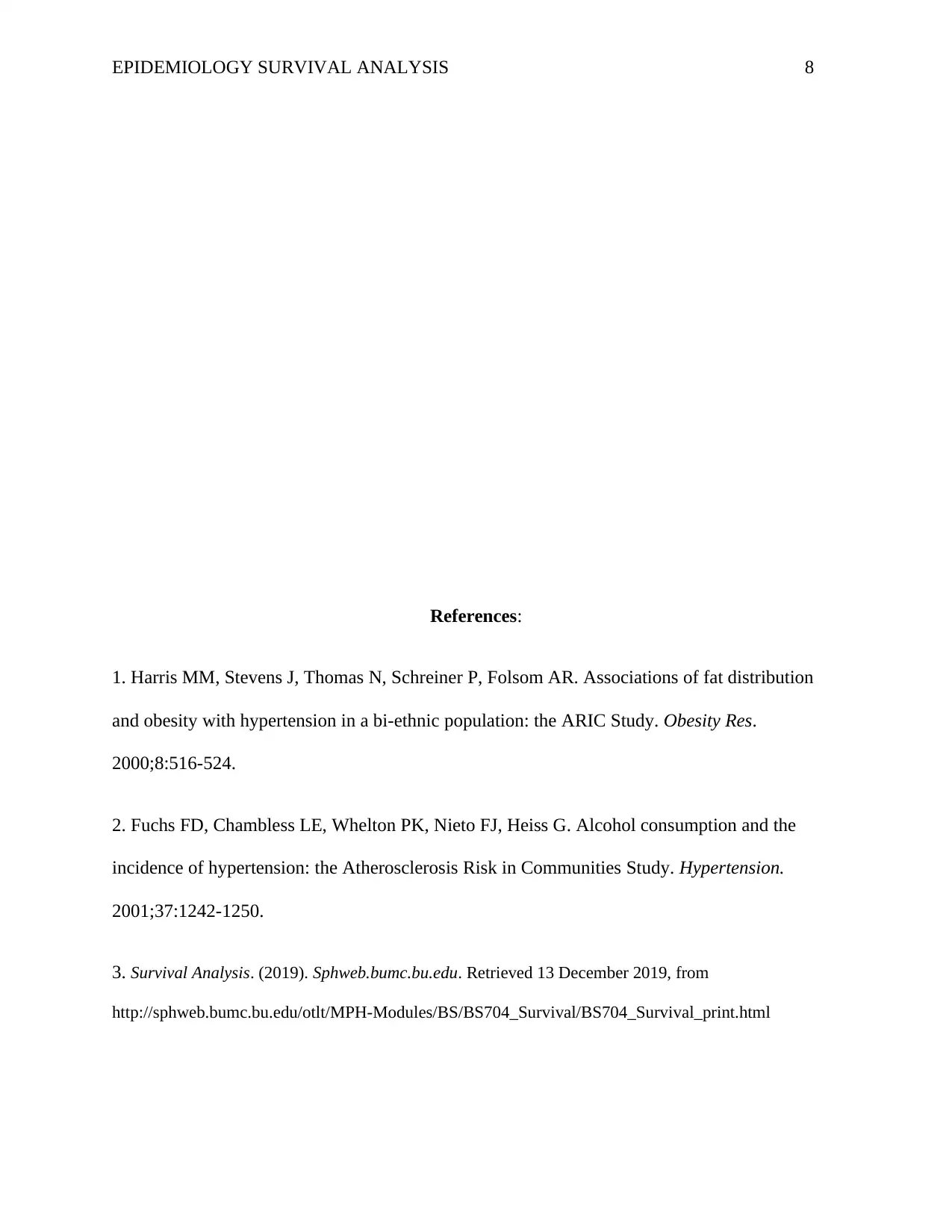







![[object Object]](/_next/static/media/star-bottom.7253800d.svg)